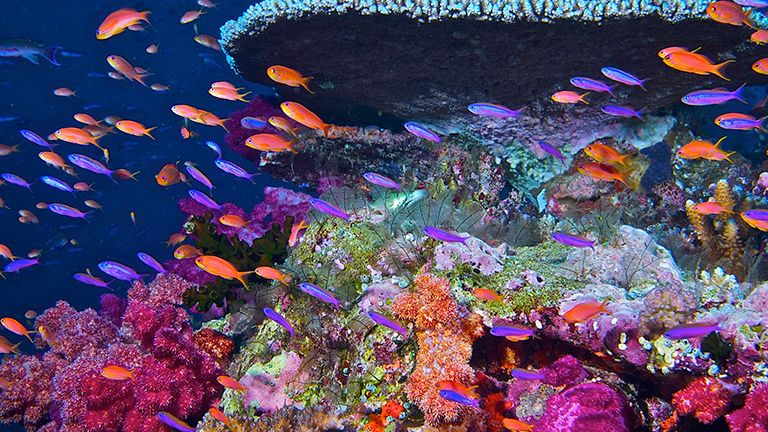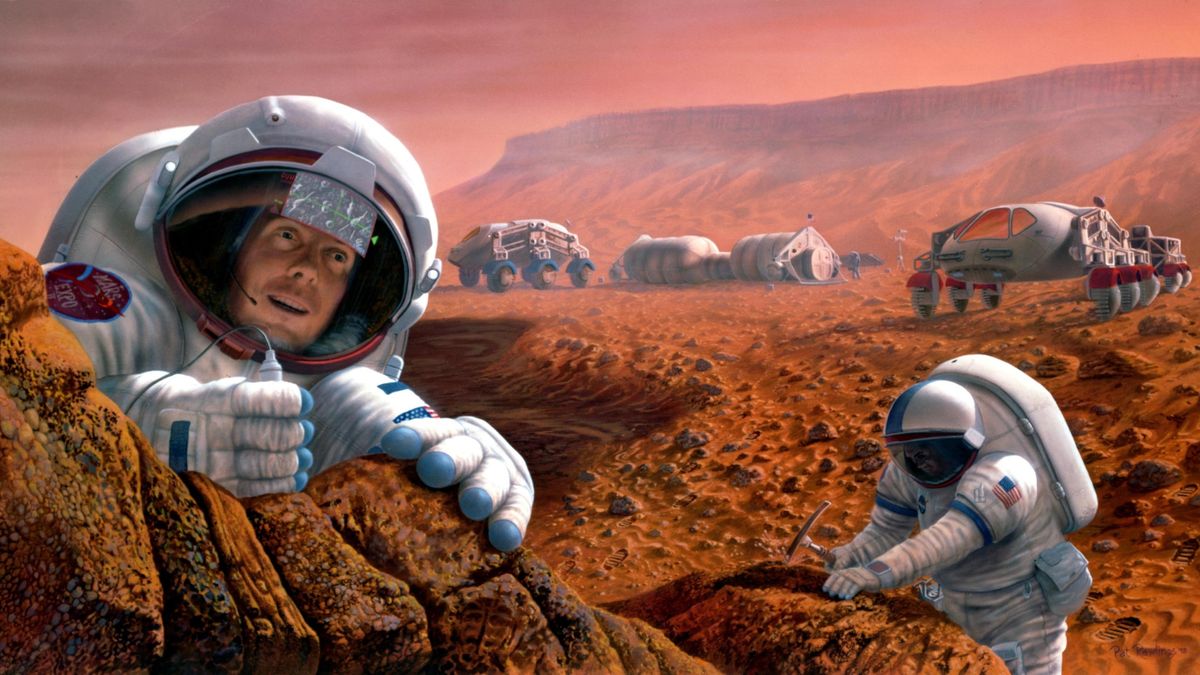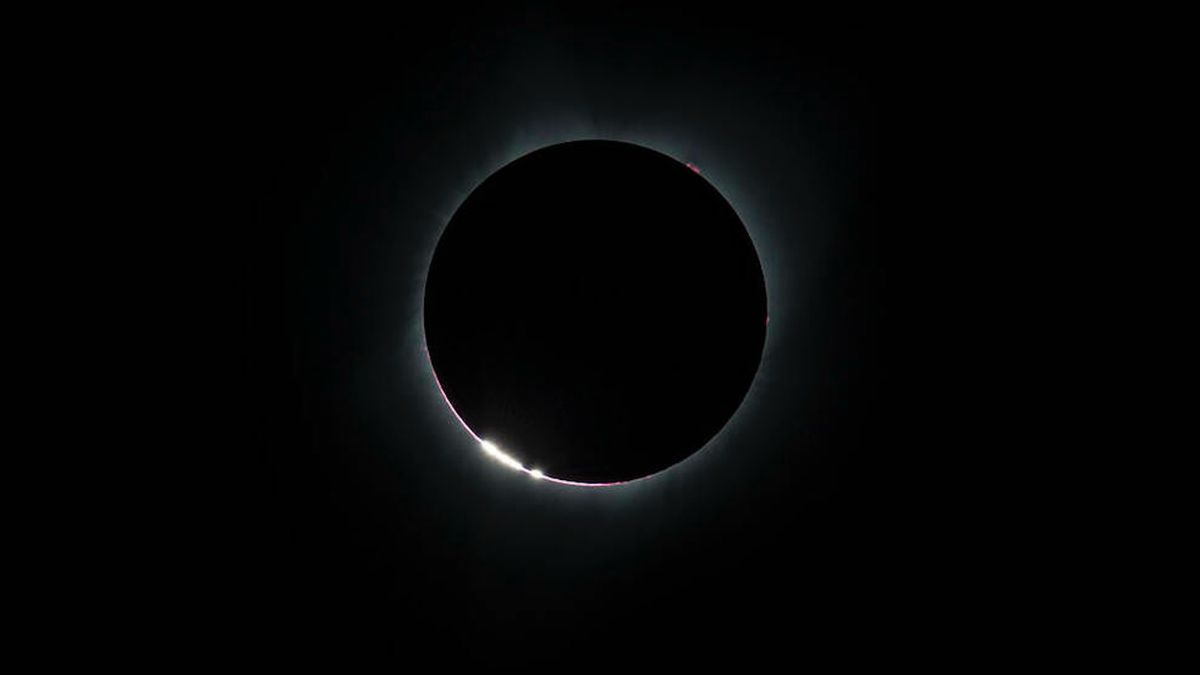Preserving Coral Reefs: A Space Odyssey
As ocean temperatures rise and pollution levels continue to threaten the world’s coral reefs, scientists are exploring an innovative solution to protect these vital ecosystems — storing a biorepository on the moon. The concept involves preserving biological samples, such as coral genetic material, in the frigid temperatures of permanently shadowed craters on the lunar surface, where they could remain viable for hundreds of years.
The Challenge of Climate Change
Mary Hagedorn, a senior research scientist at the Smithsonian’s National Zoo and Conservation Biology Institute, emphasized the urgency of finding alternative preservation methods, stating that even Earth’s coldest regions, such as the north and south poles, are experiencing rapid warming due to climate change. These changes make it increasingly difficult to maintain the necessary icy conditions for long-term preservation.
The proposed solution involves a cryopreservation technique similar to that used in human sperm banks, in which coral germ cells are cooled to temperatures approaching -196 degrees Celsius. In contrast, even the most frigid place on Earth, the Eastern Antarctic Plateau, only reaches -98 degrees Celsius.
The Lunar Advantage
The moon’s polar regions offer a unique environment for preserving biological samples, as they are in perpetual darkness and experience temperatures as low as -250 degrees Celsius. These extreme conditions make the moon an ideal candidate for hosting a biorepository that could safeguard a wide range of species, including corals.
While efforts to cryopreserve coral samples from various regions, such as the Great Barrier Reef and the Caribbean, have been successful, the threat of climate change looms large. Instances like the breach of a secure Norwegian biorepository due to melting Arctic permafrost underscore the vulnerabilities of Earth-bound storage facilities.
Challenges and Opportunities
Developing a lunar biorepository presents numerous technical challenges, such as protecting samples from radiation and ensuring safe placement within lunar craters. Hagedorn suggested that robotic missions could be instrumental in deploying and maintaining the facility, potentially working alongside specialized robot companions.
Further research and testing are required to assess the feasibility of a lunar biorepository. Collaborative efforts, including potential simulations of space-like conditions and trial runs on the International Space Station, could provide valuable insights into the viability and practicality of such a project.
While some researchers advocate for the establishment of a moon-based ark to preserve a vast array of Earth’s species, including seeds, sperms, and eggs, others caution against prioritizing space initiatives over conservation efforts on Earth. The debate surrounding the role of lunar biorepositories in safeguarding biodiversity continues, highlighting the complexities of balancing innovation with environmental stewardship.
Image/Photo credit: source url





